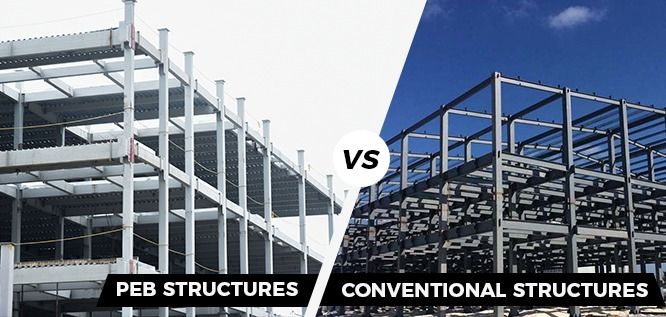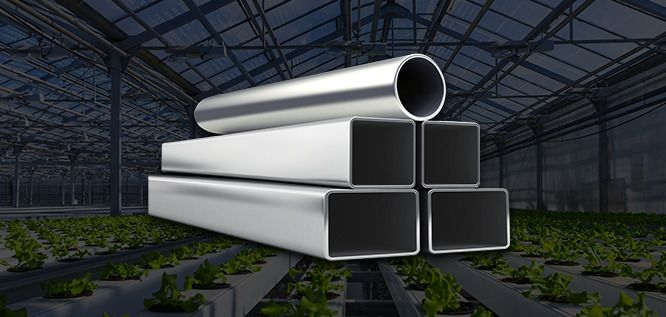Latest Trends in the Steel Industry
Steel is the most commonly used metal in the world as it plays a crucial role in the development of a sustainable society. It is the most common building material as steel can be recycled without a loss of strength. The steel industry has evolved over time, especially in India.
In the early years, under the Industrial Policy Resolution of 1956, the iron and steel industry were reserved under the public sector but due to a shortage of steel production and increased demand, government liberalized the steel industry in 1980. India has now emerged as one of the significant steel producers in the world. India is the 8th largest producer of crude steel in the world and seventh largest steel producer in the world.
In the late 18th century, the invention of the steam engine enabled mass production of iron. Though it required an external heat source and its productivity was relatively low, it permitted a wide range of iron resources and easy control of temperature.
After this, the basic oxygen steelmaking process emerged in the steel industry. This, along with continuous casting processes developed in the 1950s, came to be considered the most innovative technologies in the history of the steel industry. It had many advantages of cost competitiveness, high productivity and the ability to produce a wide range of high-quality steel. But soon global research institutes found out several disadvantages of these processes, including generation of a large number of environment pollutants.
With the advancement of the world, a system equally developed was needed to match the requirements. To keep up with the pace of development, we needed a manufacturing process that could produce steel equipment at an equivalent pace. This is where DFT came into the scenario. APL Apollo was the first company to import the technology and introduce it in India and till date, we remain the sole manufacturing company that uses this technology.
DFT is used to make hollow sections of superior quality and finish. This technology can form rectangular and square hollow sections of different sizes and thickness directly, Thus reducing the huge cost and providing better productivity at both – customer and company – levels. It also helps in customizing orders and makes any size between 26 mm X 13 mm – 400 mm X 200 mm in rectangular hollow sections and 12 mm X 12 mm – 300 mm X 300 mm in square hollow sections. In addition to being durable, stylish and cost-effective, steel produced using DFT is also eco-friendly.
Thus the ever-evolving industry is truly at a stage where its products can be adapted into various spheres of our lives and this has been made possible with the advancement of technology and latest trends that have been embraced by the industry.







